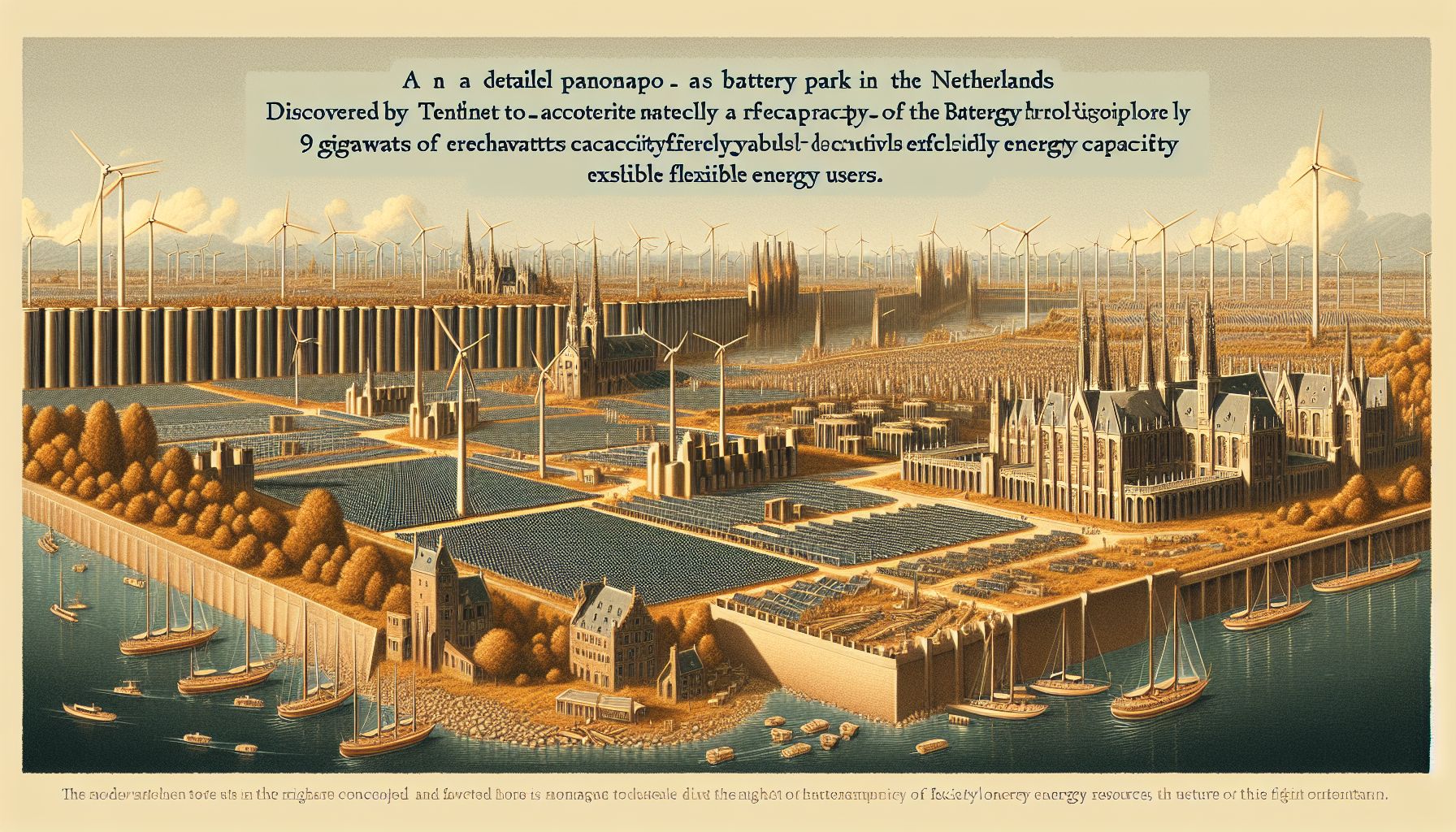TenneT Finds Space on Grid for Massive Battery Parks Across Netherlands

Netherlands, Monday, 7 April 2025.
TenneT discovers 9 gigawatts of capacity for flexible energy users like battery parks, allowing new connections despite grid congestion, marking a significant move towards renewable energy.
Breakthrough in Grid Management
In a significant development for the Netherlands’ energy infrastructure, TenneT’s Chief Operating Officer, Maarten Abbenhuis, has announced this breakthrough as ‘a huge step to solve the queue for connection’ [1]. The newly identified capacity is specifically targeted at flexible electricity users, offering them substantial discounts on grid fees in exchange for adjusting their consumption during peak hours [1]. Currently, the Netherlands has over 500 megawatts of large-scale battery systems installed, surpassing the capacity of the Borssele nuclear power plant [1].
Strategic Infrastructure Expansion
The implementation of this initiative is being reinforced by crucial grid expansion projects, particularly in the northern part of Noord-Holland. The E-MERGE consortium, comprising Bilfinger Engineering & Consultancy, Witteveen+Bos, and Antea Group, is actively working on environmental impact assessments for new 380KV network connections [2]. This expansion includes the construction of two new high-voltage substations and the integration of both overhead and underground high-voltage connections, demonstrating TenneT’s commitment to future-proofing the grid [2].
Future Growth and Economic Viability
Looking ahead, TenneT projects an ambitious target of 5-6 gigawatts of economically viable battery storage by 2030 [1]. This capacity would be sufficient to capture and store electricity generated by millions of solar panels during peak production periods. The initiative is particularly significant given the Netherlands’ current installed solar capacity of 25 gigawatts peak [7], highlighting the growing importance of flexible storage solutions in managing renewable energy integration.
Technical Innovation and Integration
TenneT’s strategy aligns with broader technological advancements in the sector, as evidenced by recent developments in grid infrastructure [5]. The company is actively promoting flexible users to adapt to changes in energy supply and demand patterns, while maintaining focus on sustainability, digitalization, and economic efficiency [5]. However, it’s important to note that this new grid capacity is exclusively available for large energy consumers directly connected to the high-voltage grid, not extending to households and small businesses connected to regional networks [1].

